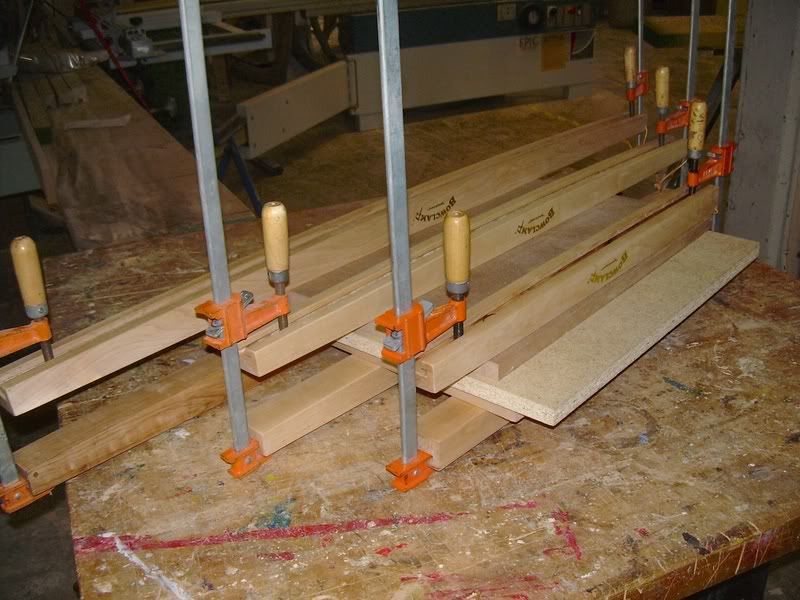OPJ
Established Member
Hi guys,
As the title suggest, I'm looking to build something that will greatly assist me in veneering relatively small panels, the kind of things you'd find used for drawer bottoms and box lids/bases, to give two examples.
Google only seems to bring up vacuum veneering, which is not what I have in mind.
I'm thinking more along the lines of a series of tapered clamping calls and lengths of threaded rod/studding, perhaps...
Has anyone seen any good plans or ideas for this kind of thing? I'm trying to find a way of perhaps using less clamps and also preventing the parts from sliding away as I tighten them.
If anyone has any thoughts, I'd be grateful to hear from you. Thanks for your time.
Olly.
As the title suggest, I'm looking to build something that will greatly assist me in veneering relatively small panels, the kind of things you'd find used for drawer bottoms and box lids/bases, to give two examples.
Google only seems to bring up vacuum veneering, which is not what I have in mind.
I'm thinking more along the lines of a series of tapered clamping calls and lengths of threaded rod/studding, perhaps...
Has anyone seen any good plans or ideas for this kind of thing? I'm trying to find a way of perhaps using less clamps and also preventing the parts from sliding away as I tighten them.
If anyone has any thoughts, I'd be grateful to hear from you. Thanks for your time.
Olly.



































